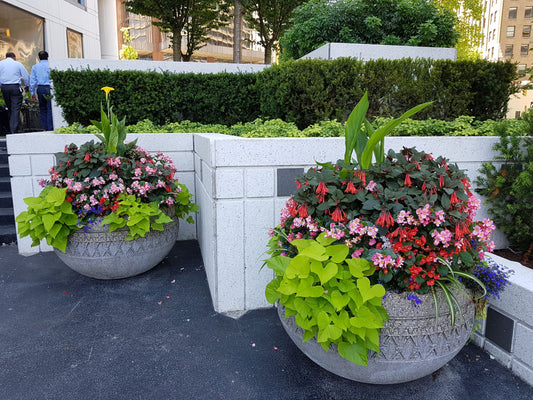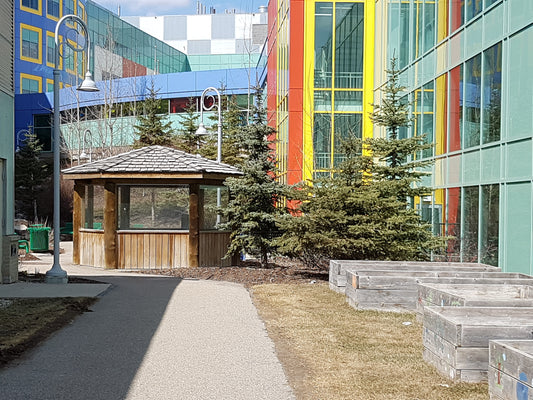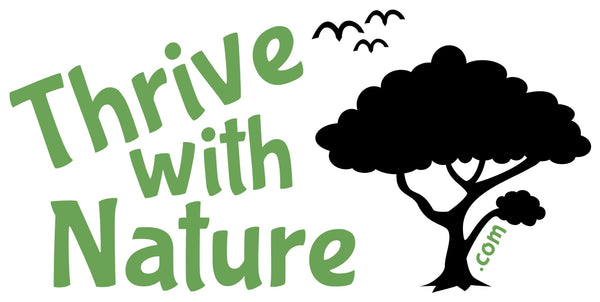Shelagh's Thrive with Nature Blog

Restorative Nature Programs for Healthcare Empl...
Innovative healthcare organizations are offering garden and nature programming to reduce employee stress and burnout. Five types of nature-based programming are described here, with examples from three countries.
Restorative Nature Programs for Healthcare Empl...
Innovative healthcare organizations are offering garden and nature programming to reduce employee stress and burnout. Five types of nature-based programming are described here, with examples from three countries.
How I Started a Therapeutic Birding Program
It was my first time facilitating a group for these supportive housing tenants and I had no idea whether or not they were interested in birds. Turns out that once asked, they...
How I Started a Therapeutic Birding Program
It was my first time facilitating a group for these supportive housing tenants and I had no idea whether or not they were interested in birds. Turns out that once asked, they...
11 Simple Therapeutic Birding Activities You Ca...
Concerned that you don’t know enough about your local birds to facilitate a therapeutic birding program? No worries. Enthusiasm and curiosity go much further than expertise when it comes to inspiring recreational...
11 Simple Therapeutic Birding Activities You Ca...
Concerned that you don’t know enough about your local birds to facilitate a therapeutic birding program? No worries. Enthusiasm and curiosity go much further than expertise when it comes to inspiring recreational...

Gardening with Kids at Alberta Children’s Hospital
Alberta Children's Hospital has several therapeutic gardens where Julie Billo leads popular gardening programs for patients. The kids grow sunflowers and veggies, and make potato salad and ice cream. Julie...
Gardening with Kids at Alberta Children’s Hospital
Alberta Children's Hospital has several therapeutic gardens where Julie Billo leads popular gardening programs for patients. The kids grow sunflowers and veggies, and make potato salad and ice cream. Julie...
10 Strategies for Encouraging Independent Garde...
Leverage your time with these strategies, so that more people engage with your garden and experience nature's benefits. Create opportunities, get the word out, and involve people in a variety...
10 Strategies for Encouraging Independent Garde...
Leverage your time with these strategies, so that more people engage with your garden and experience nature's benefits. Create opportunities, get the word out, and involve people in a variety...
Not an Expert Gardener? Eight Nature-Based Prog...
You don’t need to be a gardener or naturalist to facilitate therapeutic garden and nature programs. A sense of curiosity and willingness to follow your participants’ lead are essential in offering...
Not an Expert Gardener? Eight Nature-Based Prog...
You don’t need to be a gardener or naturalist to facilitate therapeutic garden and nature programs. A sense of curiosity and willingness to follow your participants’ lead are essential in offering...
